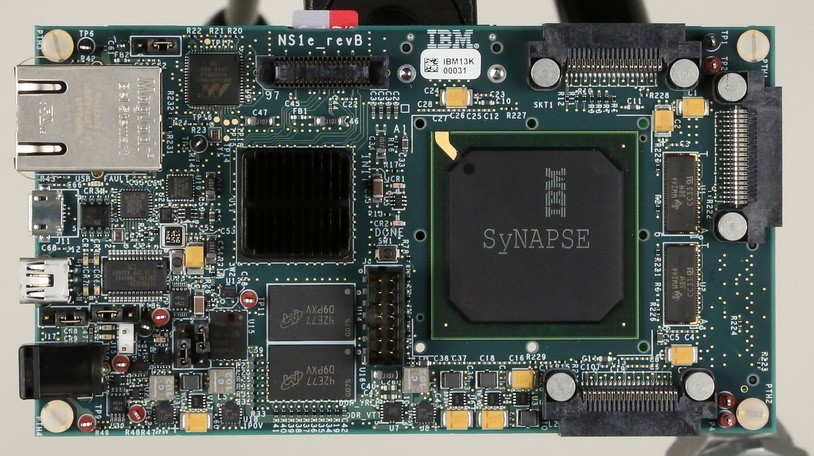IBM TrueNorth-based computer chip helps predict epileptic seizures

As previously reported on our blog , the Livermore National Laboratory (LLNL) has created a supercomputer based on the TrueNorth chip. The principle of this system is similar to the principle of the human brain (to the extent that scientists understand the basics of the functioning of this body). In this case, we are talking about an imitation of a network of 16 million neurons with 4 billion synapses. This computer is one of the most powerful among all the other "brain-like" PCs created by man. Computer developers hope that after some time such systems will be able to perform extremely complex calculations at a tremendous speed, consuming a minimum of energy.
But the TrueNorth chip itself can be used not only to create productive PCs. It can work for the benefit of medicine. For example, a team of researchers from the University of Melbourne joined forces with IBM to create a specific “neural network + chip” system that predicts the onset of an epileptic seizure. Such a chip, according to the authors, carries out permanent monitoring of the activity of the human brain (electrical signals are being tracked). The implant sends the collected information wirelessly to a specialized device with a neural network architecture.
As part of this project, the neural network is “trained” to identify certain electrical patterns that occur at the very beginning of an epileptic seizure.
')
“We are trying to isolate the information necessary for our purposes, separating it from the background noise. Thus, we want to be able to identify a specific type of seizure in a particular person, ”said Stephen Harrer, head of the research team.
According to the scientist, they use the same principle of learning neural networks as the company Facebook or Google. A social network, for example, put a neural network on its service — the system identifies photos of various users and offers to tag or find similar ones. In the Android OS, a similar principle is used to recognize the user's voice commands. And now Harrer "feeds" information about the work of the human brain to the created system.

The goal of the project is to create a wireless wearable device that, together with a brain implant, will monitor the electrical activity of the human brain, predicting the onset of a seizure.
It sounds like a fantasy, but scientists work with a real project. Using a simpler implant, they collected epileptic encephalograms for three years. And now, based on this information, the neural network is being trained. According to many experts familiar with the project, predicting the onset of a seizure is a difficult task, but solvable.
In the event of a seizure, even seconds play an important role. Patients will be able to prepare for a seizure (move to a safe place, consult a doctor, etc. - depending on how much time they have), and this will significantly reduce the threat to the life and health of the epileptic. For example, a person will be able to quickly get off the track by turning on emergency mode, or move away from the edge of a cliff while on a walk.
According to the author of the project, the creation of such a system is still far. But now it is clear that all this is an attainable reality.
Source: https://habr.com/ru/post/283150/
All Articles